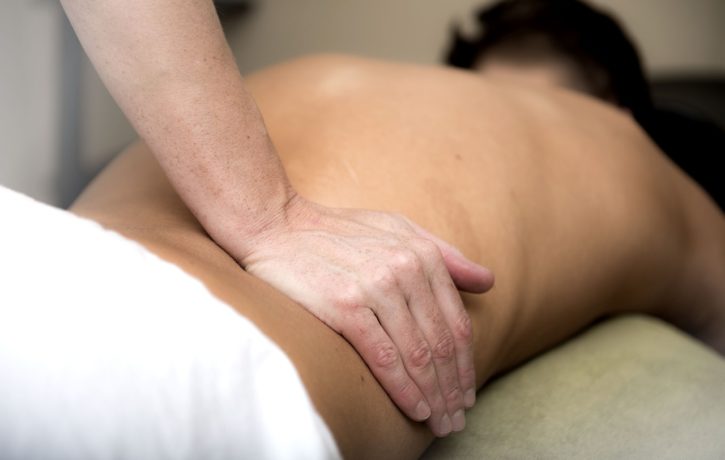How Massage Transforms Muscle and Physical Health

For centuries, massage has been seen as a luxury, a way to relax and unwind. However, recent research is uncovering its deeper benefits, particularly in improving muscle health and overall physical well-being. Massage is proving to be a powerful tool in promoting muscle recovery, combating atrophy, and enhancing physical function, making it an essential component of a healthy lifestyle.
Massage is not just about easing tension; it is a form of mechanotherapy, using mechanical force to stimulate biological responses in muscles. Studies demonstrate that massage, when applied immediately after exercise and at regular intervals, can accelerate recovery by reducing muscle damage and inflammation while enhancing muscle remodelling and structural integrity. This is particularly beneficial for athletes who need to recover quickly between training sessions or competitions. Research has shown that massage can increase peak muscle strength recovery by up to four times compared to non-massaged muscles.
Muscle atrophy, or loss of muscle mass, is a major concern for those who are bedridden, recovering from injury, or aging. Massage can help slow down the process and maintain muscle integrity. When applied during the recovery phase, it promotes faster muscle regrowth by increasing muscle fibre cross-sectional area and stimulating protein synthesis. This has significant implications for clinical populations, including elderly individuals, post-surgery patients, and those undergoing rehabilitation.
Massage works by triggering a variety of physiological responses that enhance muscle health, including immunomodulation, reducing excessive inflammation, and promoting a balanced immune response. It supports muscle protein synthesis and reduces protein breakdown, which are essential for growth and repair. Additionally, it encourages muscle regeneration by increasing the number of muscle stem cells and has been found to produce a crossover effect, meaning massage on one limb can lead to benefits in the non-massaged counterpart, likely due to neural or biochemical signalling pathways.
As we age, our muscles lose their ability to recover and grow as efficiently. However, massage has shown promise in maintaining muscle health in older individuals by increasing satellite cell activity, elevating protective stress-response proteins, and improving muscle remodelling capacity. While aged muscles may not respond as robustly as younger ones, massage can still play a crucial role in preserving function and preventing excessive muscle decline.
Unlike medications or invasive treatments, massage provides a natural, non-invasive method for improving muscle and physical health. Whether you are an athlete looking to optimise performance, a patient recovering from injury, or simply someone aiming to maintain muscle health as you age, incorporating massage into your routine can be a game-changer.
The perception of massage is shifting from a luxury indulgence to a scientifically backed therapeutic tool. With its ability to accelerate muscle recovery, combat atrophy, and enhance overall physical function, massage stands as a crucial component of modern health and wellness strategies. Investing in regular massage could be one of the best decisions you make for your body’s longevity and resilience.
Matthew Oliver is an osteopath, musculoskeletal pain specialist and massage therapist. For further information or to book a treatment with Matthew, phone The Body Matters on 01702 714968 or contact us to book an appointment.
- Consult Your Body’s Inner Wisdom - 25th September 2025
- Unpacking Misconceptions About Deep Rest Meditation - 26th August 2025
- The Missing Piece in Wellness? Why Realization Process Offers More Than Mindfulness - 22nd July 2025
